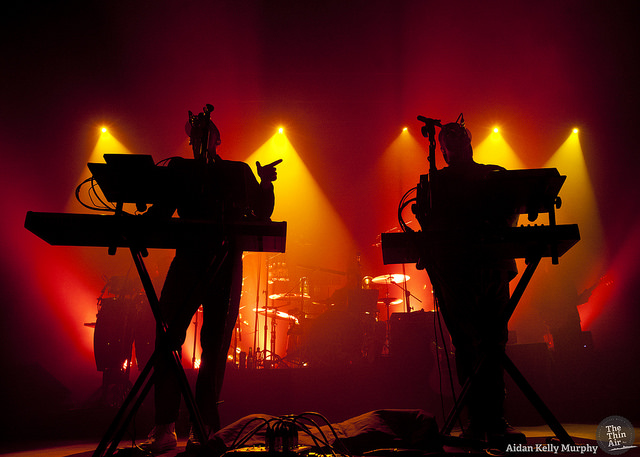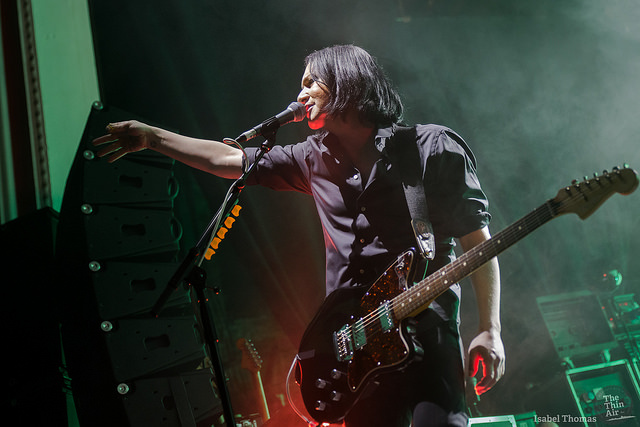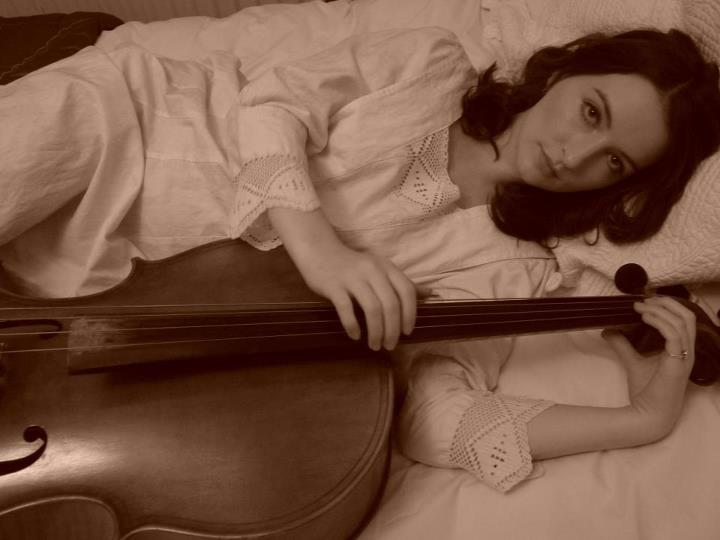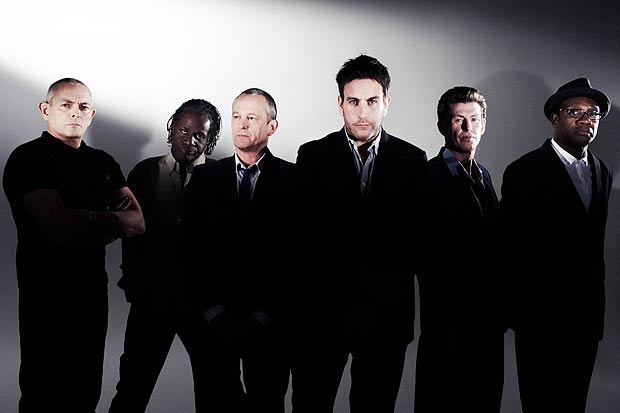A bleak Irish sky backdrops the frigid Collin’s Barracks, former military stronghold turned national museum turned proscenium for ANU Productions’ breathtaking new performance PALS. Born out of the financial collapse in 2009, ANU (pronounced “anew”) has boldly challenged Irish theatre to tackle Irish issues in visceral ways, turning its site-specific method of performance into a niche, accessible, and affordable outlet for the Dublin theatre-going public.
ANU’s total-immersion style of theatre forces audiences not only to witness a story, but to experience its place as an integral element of the narrative. 2012’s Boys of Foley Street revived a time and place in Dublin when a lost generation of youths were destroying themselves with drugs and crime, reputedly directing ticket holders to take part in the horrors of the show’s depicted lifestyles. Dublin’s Foley Street area set the stage for director Louise Lowe’s adrenalizing production then. Now resurrecting the story of Ireland’s young men gone to fight in World War I, she’s taken her audience across town to the storied barracks of old where these tales of soldiery actually transpired. For Lowe, story-telling doesn’t separate person and place nor past and present, and this story is Ireland’s.
Like past productions with ANU, the setting bears a crucial identity to the story at hand. Naturally, Collin’s Barracks befits a piece involving the 7th Battalion of the Royal Dublin Fusiliers, yet Lowe’s choice to depict not only their training days but also their fighting on the front in Gallipoli, Turkey creates constraints in setting that the production as a whole toils against. The audience immersion is a slow, tapered plunge, beginning with an ostensibly innocent tour, taken over by a courtyard squabble between a wife and her deserter husband, followed by a resettling in one of the barracks’ bunks where light, sound, and even smell effects transport the piece for the rest of 45-minute performance. Lowe expertly times and spaces visual cues that force the audience to pan in cinematic fashion. Meanwhile, sound and light design, coupled with interpretive choreography make for seamless yet still jarring transitions throughout the highly episodic performance. This kind of site-specific drama sets parameters that seem new even to ANU as the place journeys between battle front, training ground, and hospital. Heart-wrenching tales of alleged cowardice, gruesome slaughter, mental paralysis, and PTSD require the audience to pay close attention as the small cast flies through these scenes, and a hard-working imagination is crucial in visualising the settings the players create.
These episodes play choppy and challenge even ANU’s precedent of what immersive, site-specific theatre means. Then again, the method is already one which shatters the rules of conventional theatre, and Louise Lowe cleverly shows her audience here that the parameters can always evolve as suits the story. Even the disjoint nature of these soldiers’ tales reflects how their stories are shared by all. These players each take a real narrative in their hands, a real life, and the audience takes as much responsibility in that summons by choosing to be immersed in the performance. Given the unique relationship between Ireland and WWI and her ever-evolving regard for her veterans there, the piece gives voice to a past whose participants have nearly all vanished and paints a vivid picture of an issue which dwells in the State’s thoughts about her origins.
What makes this and all productions from ANU so thought-provoking is how it challenges our notions of time and narrative. PALS doesn’t serve to remind us of the past but rather to illustrate that the past is now. The show doesn’t live beyond the barriers of footlights on a stage but rather engulfs us in a piece of an ongoing narrative, one that still impacts the present and informs our current understanding of ourselves and our stories. Challenging though they are, ANU Productions revive the sites of Dublin with a real, visceral past, and PALS is not one to miss. Joe Madsen
PALS runs at Dublin’s National Museum of Ireland until April 30
Photo by Pat Redmond






